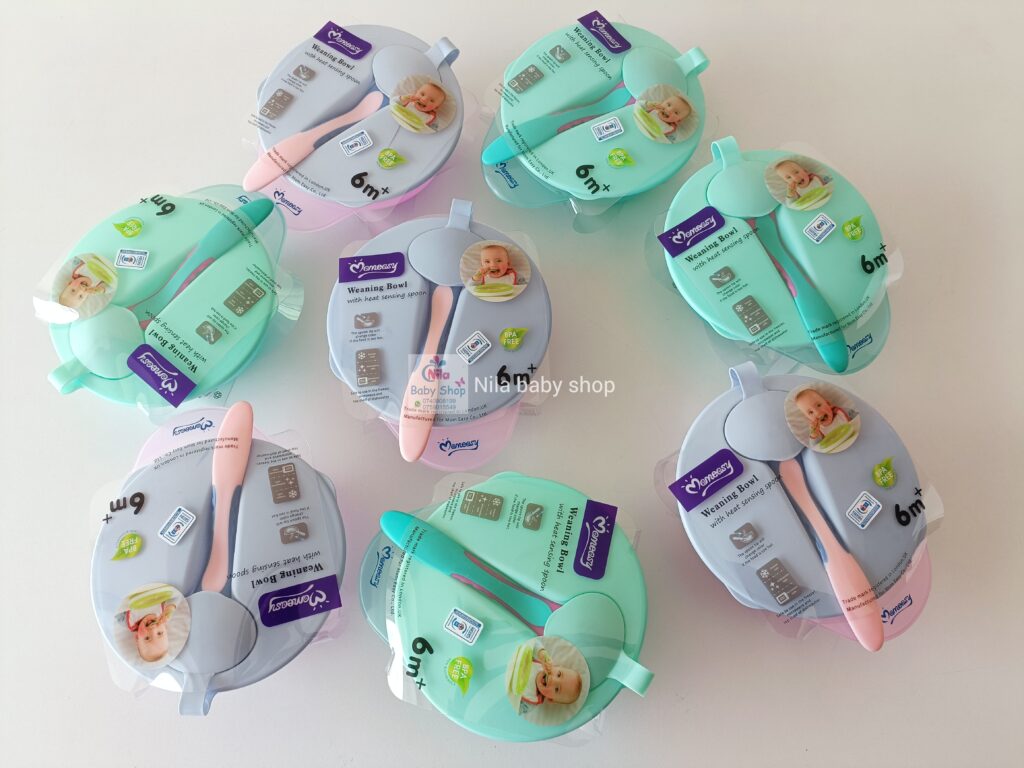
Nila Baby Shop
FIRST DAY OF YOUR LAST MENSTRUAL PERIOD
The best way to count your due date is to rely on 40 weeks or 280 days from the first day of your last menstrual period. The first day of your last menstrual period is how health care providers estimate the baby’s due date. However, remember that this is merely an expected due date, not a deadline for your baby’s arrival. Only 4% of newborns are delivered on their expected due date.

CONCEPTION DATE
You may be able to use your conception date to determine your pregnancy due date if you’ve been monitoring ovulation signs or using ovulation testing kits. Double your expected due date by 266 days.
IVF TRANSFER DATE – In-vitro Fertilization (IVF)
You might use your IVF transfer date to calculate your due date if you conceived through in vitro fertilization (IVF). After egg extraction and fertilization, most embryo transfers take place three to five days later. Count 263 days from the transfer date to compute your due date if you had a day-three transfer and 261 days if you had a day-five transfer.

Baby Rocker with Musical Toy Bar & Vibrations
ULTRASOUND SCAN
Other indicators can help you, and your practitioner calculates your due date during your first prenatal checkup, even if you can’t remember when you conceived, forget the day of your last menstrual period, or aren’t sure when ovulation happened.
An early ultrasound might help to date the pregnancy more precisely. Just keep in mind that not all women receive an early ultrasound. Some doctors conduct these regularly. In contrast, others will only prescribe one if your periods are irregular, you’re 35 or older, you’ve had a history of losses or pregnancy difficulties, or your due date cannot be established based on your physical exam and last menstrual period.

Pregnancy milestones like hearing the baby’s heartbeat for the first time (around week 9 or 10 on average, although it can vary) and feeling fetal movement for the first time (on average, between 18 and 22 weeks, but it might be earlier or later) will help you figure out whether your due date is correct.
At each prenatal visit, your practitioner will measure your fundal height, the distance between your pubic bone and the top of your uterus, to assist in confirming your due date.
The size of your uterus, which will be measured at your first internal pregnancy check, can also play a role in determining the estimated delivery date (EDD).
Is it possible to schedule Your due date?
You can try time when you conceive to “plan” your due date, whether you want to avoid being highly pregnant in the heat of summer or are a teacher who wants to optimize time off with your child. Even if you’re one of the fortunate ones who can get pregnant whenever she wants, keep in mind that you won’t be able to plan exactly when you’ll give birth to the day (or even the week or month!).

Can my due date change?
Yes, your deadline is subject to change. While it’s nothing to be concerned about, your doctor may adjust your due date as your pregnancy advances for various reasons.
You may have irregular periods, your early ultrasound dates were inaccurate, or your first ultrasound was in the second trimester. It might also be that your fundal height is abnormal or that your levels of alpha-fetoprotein (AFP), a protein produced by the baby, are abnormally high. If you have any questions or concerns, speak with your practitioner.
Written by Nila Baby Shop
Best Baby and Mother Products Store. Our main objective is to provide an exceptional online shopping experience, home delivery, and prompt customer service.
Leave a Reply